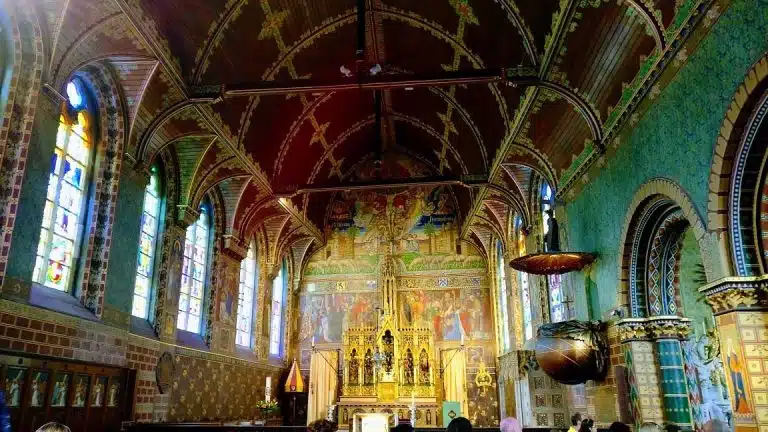Notre-Dame restoration reveals surprising construction technique
After the devastating fire in 2019, parts of the exposed construction show how the craftsmen managed to build a church that stood for centuries.

Foto: Pixabay
The whole world held its breath in 2019 when Notre-Dame in Paris was ablaze, which destroyed most of the roof of the world-famous Gothic cathedral in 15 hours.
However, there is one small scientific bright spot, which is now emerging during the restoration work.
The fierce fire has exposed several parts of the structure, giving researchers a unique opportunity to get a close look at the construction methods of the time without having to affect the interior architecture of the church.
When the cathedral was built between 1163 and 1345, it was the tallest church in the world.
“The achievement is as great as the construction of the Empire State Building in the 1930s or the Burj Khalifa in Dubai – very special for its time,” Robert Bork, a professor specializing in Gothic architecture at the University of Iowa, told New Scientist
And one of the secrets of the impressive structure has now come to light: the use of staples, a kind of oversized iron staples, to hold together the many stones that make up the church.
“As large parts of the truss structure burned off, these staples suddenly appeared,” Maxime L’Héritier, a professor of medieval history at the University of Paris, told New Scientist
The staples, which were about 50 centimeters in size and weighed between 2 and 4 kilograms, were hammered into two stones, holding them firmly together.
According to L’Héritier, recent discoveries show that Notre-Dame is the first Gothic church to employ this type of structural reinforcement.
Researchers hope to be able to reuse the undamaged staples in the restoration of Notre-Dame.
The famous Parisian cathedral is expected to reopen to the public in 2024.
https://wibnet.nl/





